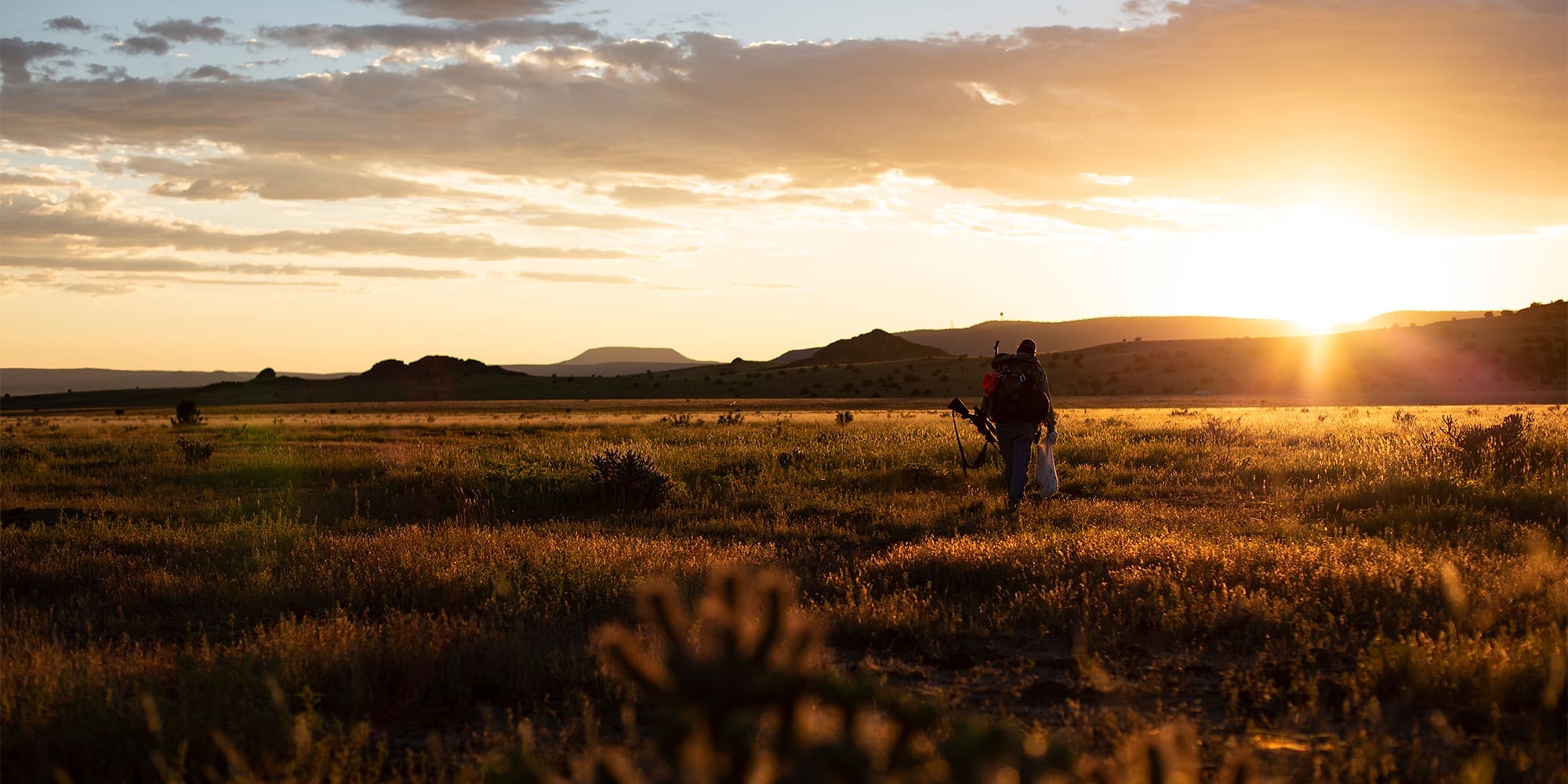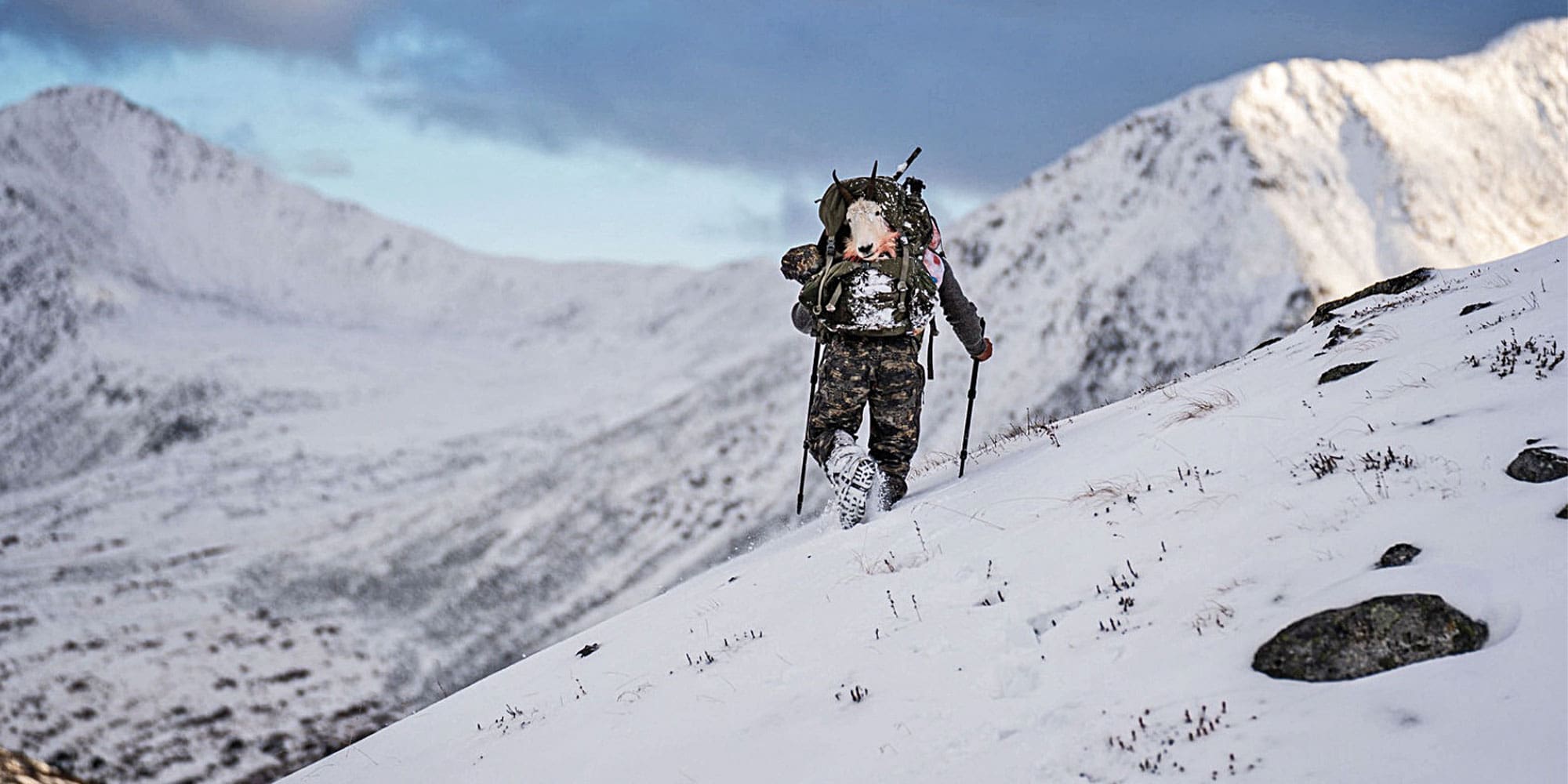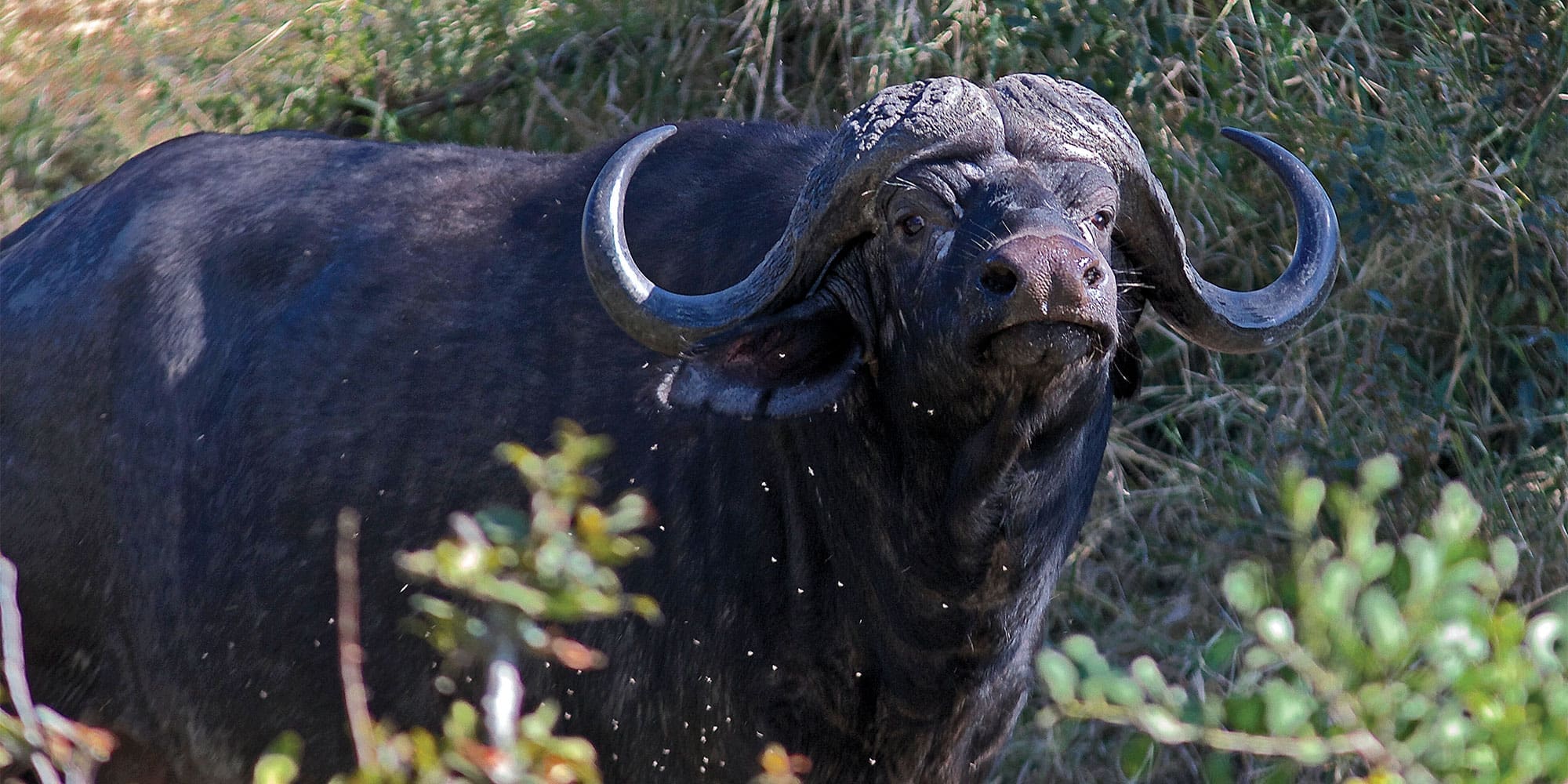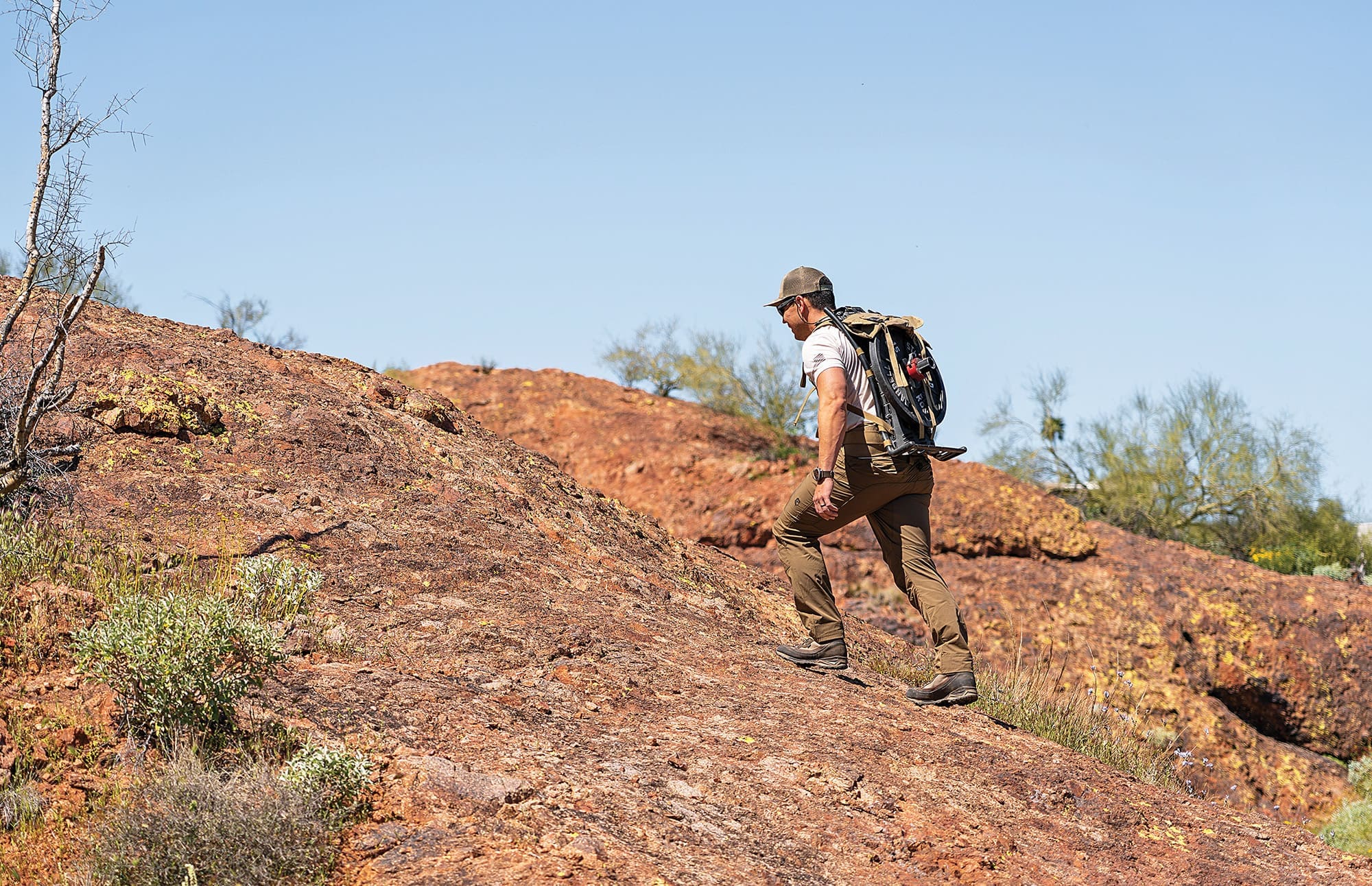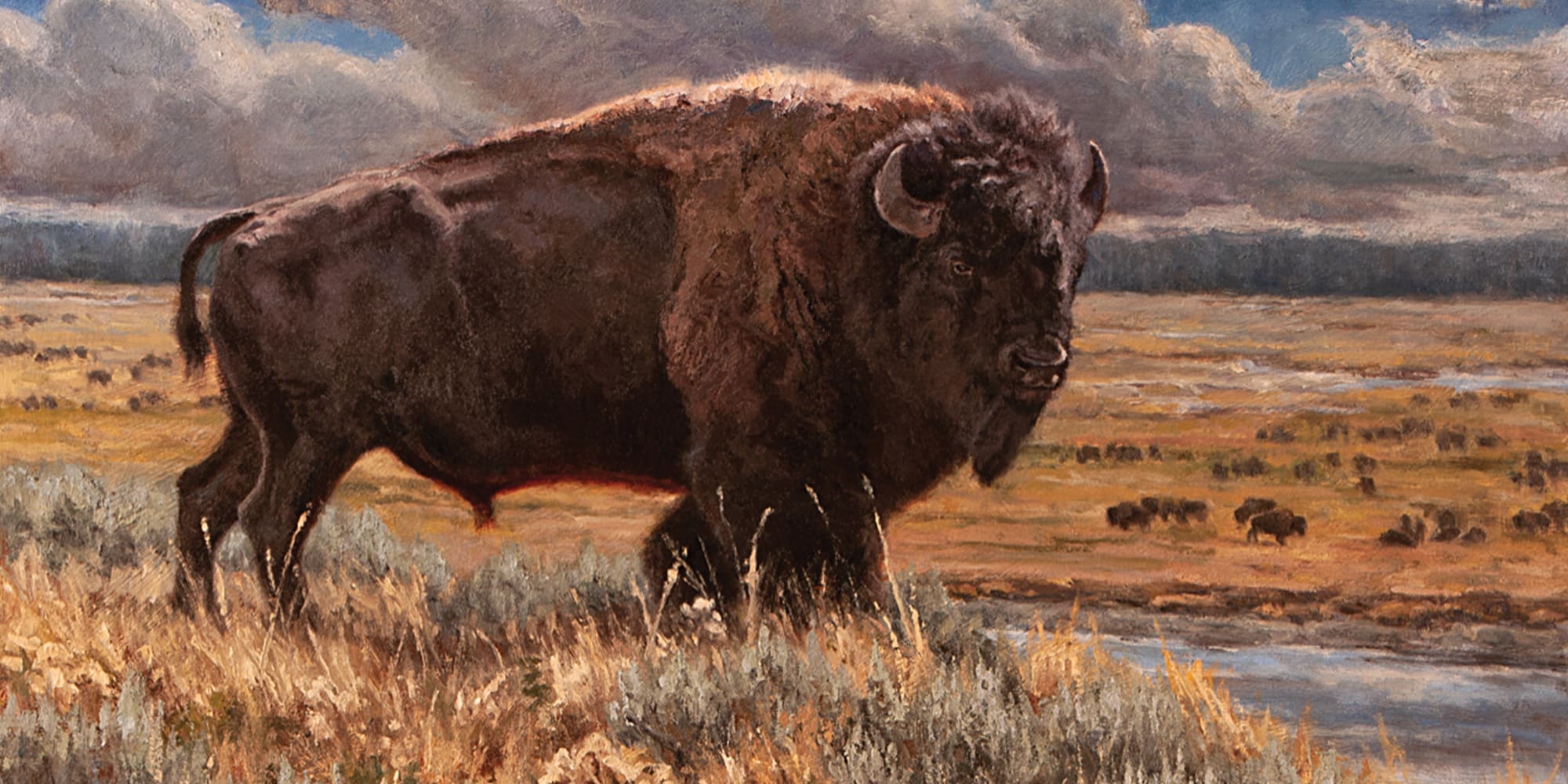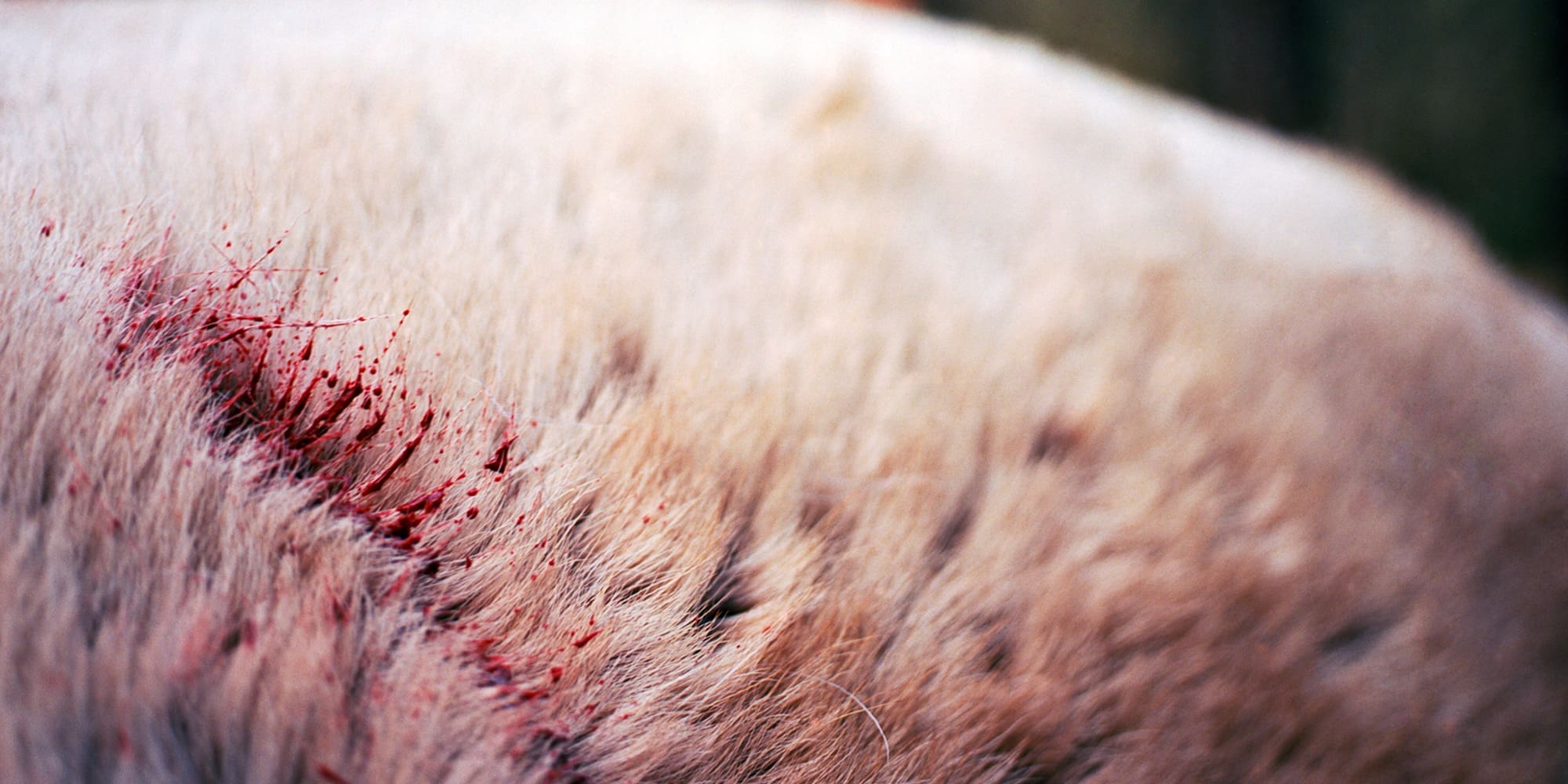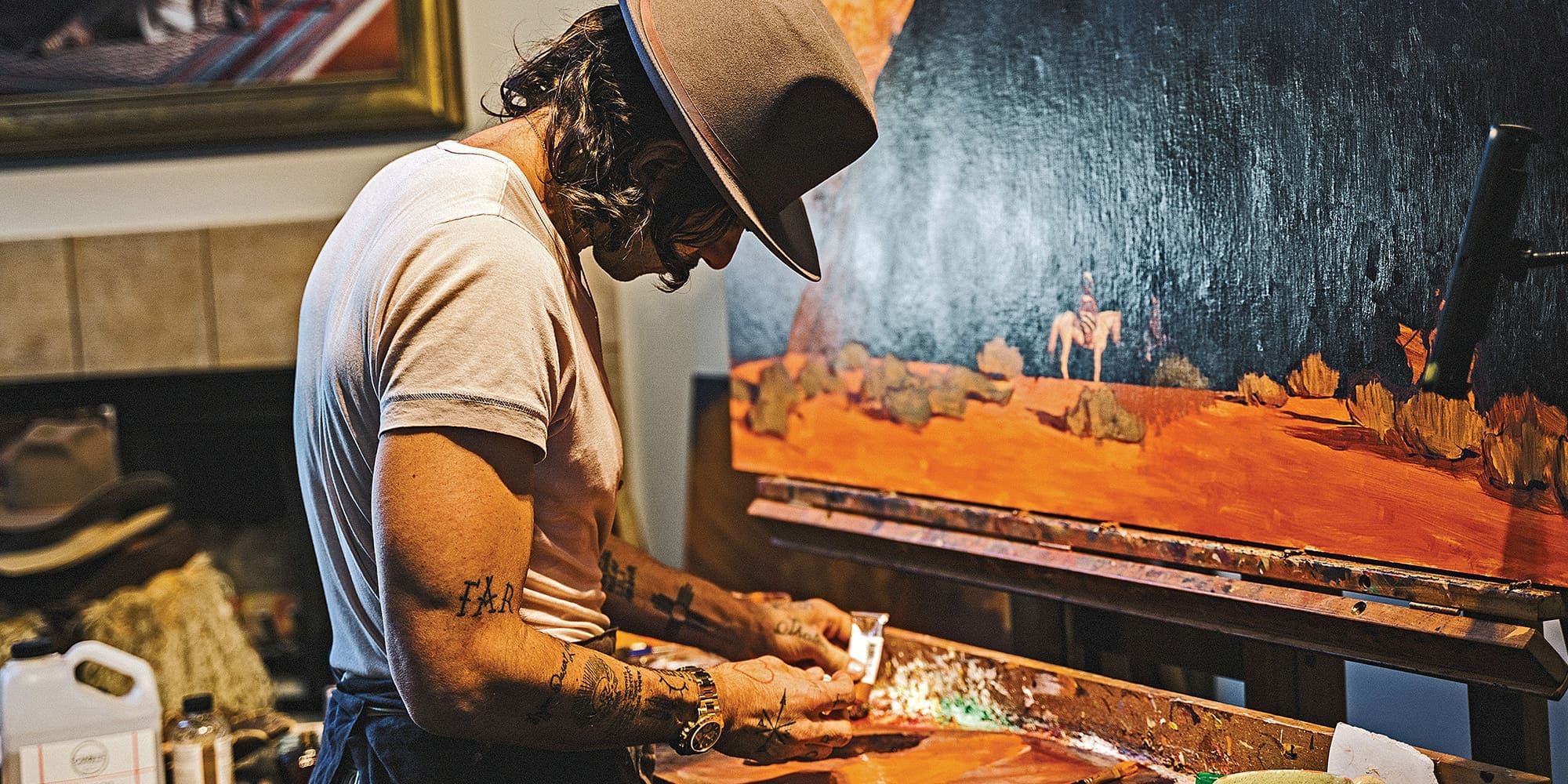
NOTICE: Certain links on this post may earn a commission for Western Hunter Magazine from Amazon or our other affiliate partners when you make a purchase. Thank you for your support.
Tips To Cure Skinny Fat Syndrome
As outdoorsmen and women, there’s nothing we love more than the feeling that is achieved while navigating the rugged terrain found atop the highest peaks in the world. We all love the beauty of nature - these wild places worn with time are a sight to behold. Yet at home, in the privacy of our own minds, we often lose touch with the beauty found within our own body - the strength from being athletic, the scars from bearing children - why don’t we always see ourselves as beautiful perfect beings? The culprit is a thing called skinny fat.
This mindset has many people turning to patterns of yo-yo dieting and taking on the latest eating trends, causing some to lose and gain weight in a vicious, never-ending cycle. This cycle is found outside of diets too. For instance, on the mountain, do you lose 10, 15, or 20 lbs. during a hunt and then gain it back at home? Are you close to a healthy weight and yet have little to no muscle partially caused by yo-yo dieting and inconsistent weight training?
If you outwardly look fit and skinny, but you don’t exercise and you have poor eating habits, you may be suffering from the phenomenon that is called the skinny fat syndrome. Just because someone looks skinny doesn’t relieve them of chronic obesity-related disease that plagues individuals that are outwardly overweight. Unhealthy is unhealthy.
The Recipe
There are several ways to break the skinny fat cycle so you can look and most importantly feel better than ever before. End the yo-yo diets. Here are a few tips to stick by for life.
Exercise
Muscle is the engine that burns fat, so add weightlifting sessions 3-5 days per week for at least 30 minutes each session. Don’t forget the importance of cardiovascular health. For a strong, healthy heart, cardiovascular training sessions should be at least 30 minutes - and ideally 45-60 minutes - 3-5 days per week.
Replenish what you use
Ideally, you consume a meal within one hour of exercising in order to replenish the nutrients that you use during your lifting session. The main nutrients of concern are glucose and BCAA’s (branched-chain amino acids - leucine, isoleucine, and valine). Your meal should have complete protein, clean carbohydrates, and some fat.
If you can’t get in a whole food meal, Wilderness Athlete has a Meal Replacement Shake that has 18 grams of complete protein (caseinate & whey) and 24 grams of carbohydrates. It also has the bonus of MSM for reduction of inflammation, bromelain as a digestive aid and anti-inflammatory, papain for digestion and nutrient absorption, and more.
Eat to lose
If you’re an avid reader of my articles, you may get sick of hearing me say that in order to stabilize your blood glucose levels, you need to eat a balanced meal within one hour of waking and then every 3-4 hours up until two hours before bed. This is important. Why? Consuming frequent balanced meals gives your body exactly what it needs to perform optimally at the cellular level without breaking down muscle for fuel. If you’re constantly dieting, hungry, and have symptoms of hypoglycemia, then your body is already in a state that is forcing it to break down muscle for glucose and is now in fat storage mode. This is the foundation on which skinny fat and obesity both are based.
During this phase of hypoglycemia, muscle gets broken down, so we lose weight and train our body to become very efficient at storing fat. When you go off the diet, you have less muscle, and because your body is trained to store fat, you gain weight. You get even fatter than before. Oops, start the diet again. No Bueno. That is what causes people to lose and gain large amounts of weight. When you lose muscle, your body loses the ability to use body fat as a fuel source. The more muscle, the more your body can burn fat. Eat – don’t allow your body to enter a hypoglycemic state!
Glycemic index
Keep your eating clean. If food comes out of a box or package, chances are it’s highly processed, and that typically signifies a higher glycemic index. The higher the glycemic index of a food, the faster it breaks down within your body, causing a spike in blood glucose levels and rapid fall.
Foods with a low glycemic index break down within your body slower, giving you more stable blood sugar levels. Look for foods like clean lean meat, substitute potatoes with squash, vegetables, fruits, and non-gluten grains like brown rice. And of course, remove sugar from your diet.
Complete protein
It’s important that every time you eat, your meal contains complete protein - wild game, egg whites, chicken, fish, and/or protein powder.
Hydrate
A common symptom of dehydration is hunger. Instead of grabbing a snack, drink water, and see how you feel. Carry a two-quart bottle of water everywhere you go and be sure you fill it at least three times per day. Adding Wilderness Athlete Hydrate & Recover and Energy & Focus will take you a step beyond good hydration, with the addition of energy, amino acids, vitamins, minerals, and antioxidants. Don’t drink your calories - avoid sugary sports drinks and alcohol.
Rest and sleep
Muscle gains are made during the recovery phase. Give each muscle group at least two days of rest after training before you train that muscle group again. Also, make sure that you’re getting 7-8 hours each night of sleep. Adding Wilderness Athlete Midnight Build will help infuse nutrients and adaptogens into the repair process that your body is under during sleep.
The Long Haul
The cure for skinny fat won’t occur overnight, but with the commitment to a solid exercise protocol that includes weightlifting, cardiovascular training, and a solid whole-food-based nutrition plan, you too can combat the skinny fat phenomenon.




